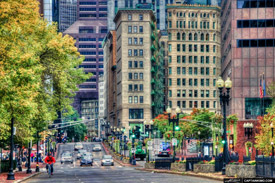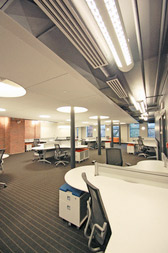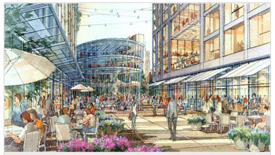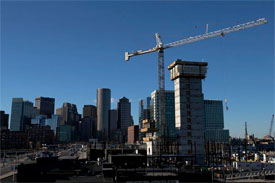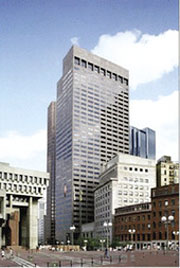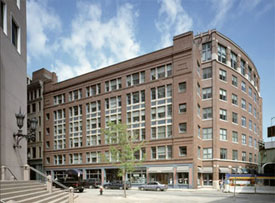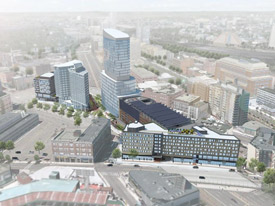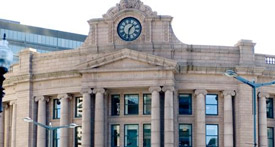Is downtown Boston the new innovation district? Well, yes it is. Downtown Boston holds some of the components critical to an emerging companies success. First is access; the famed Red Line is what is most widely discussed. It provides that vital link from Harvard and MIT to the North while offering a stop at South Station, which is the largest commuter hub.
From our internal data, the Downtown Crossing Market offers the last great value option for tenants. This is being driven up by the lack of opportunities in the Seaport, Kendall and Back Bay.
According to bostinno.streetwise.co, “now that the rents are creeping upwards both around Kendall and Harvard Square and the Innovation District, entrepreneurs – and a few of the organizations that cater to them – seem to be settling in Downtown Boston.”
To read more about this trend, follow the link to Bostinno.

